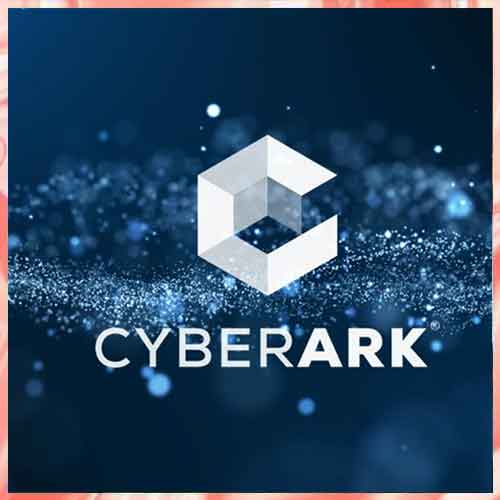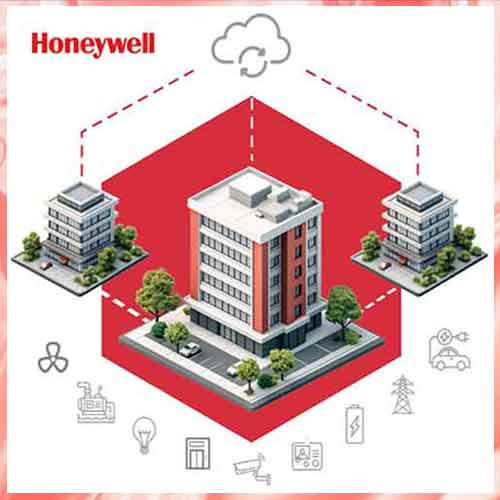Steve Leonard Senior Vice-President, EMC
2010-03-15
Steve Leonard Senior Vice-President, EMC
In the recent past, EMC was on the prowl for acquisitions. Its most recent acquisition has been the security major RSA for $2.1 billion in cash. In the past three years, the company has swallowed nearly 22 companies spending more than US$4.5 billion in the process. Since the start of operations in India in 2000, EMC has made it a point to consider India a key to the company’s success. The last three years have witnessed stellar growth of EMC in India not only in terms of revenues but also in manpower. To find out what technology EMC hopes to gain out of the acquisitions, VARIndia recently talked to EMC’s Senior Vice-President, Mr. Steve Leonard, during his recent visit to India. Excerpts…
EMC has migrated from a purely storage company to information infrastructure company. Why this image makeover?
In 2003, our Chairman & CEO, Mr. Joe Tucci, made a public commitment that our revenue share for platforms, software and
services was going to change with software and services comprising over 50 per cent of our revenues. We delivered on our commitment. About three weeks ago, based on publicly stated information, EMC overtook Computer Associates (CA), to become the sixth-largest software company in the world on the basis of our revenue.
We have acquired these companies for a number of reasons, but the overarching reason is that we are in business to help customers to become more successful. We help our customers maximize the value of their information assets, improve service levels, react quickly to changes and protect their information from loss and unauthorized access. We do so by providing intelligent, flexible, software-enabled information infrastructures. EMC has aggressively invested in R&D and strategic acquisitions. Acquisitions have played a critical role in helping EMC transform from a hardware company to a complete information infrastructure company.
Information is a key vital asset for businesses and governments worldwide and over the years the focus has shifted from how to store information to how to manage, protect, back up, archive and secure the huge amount of information growing at an exponential rate every year. This change has also been driven by factors like increasing compliance and corporate governance pressure. EMC has been quick to adapt to these industry requirements. The acquisition of over 24 software companies has extended EMC’s leadership and expertise in the software domain has enabled customers successfully capture, store, manage, protect, secure, move and archive the digital information and has changed the fortunes of the company.
At EMC, we realize that, when organizations have an information infrastructure in place, they can bring their information together. When information comes together, they can more easily and securely share their information with employees, customers and partners. And, they can better understand and harness the true business value of all their information assets. Hence, EMC has transformed over the years into a complete information infrastructure company.
EMC’s information infrastructure combines best-of-breed platforms, software and services into high-value, low-risk ILM solutions that solve customers’ information management challenges in several important areas: classification, consolidation, business continuity, backup, recovery, and archiving, compliance, and content management.
1. Is there any technology EMC is acquiring in any of the acquisitions that is going to be particularly significant in the coming years?
Strategic acquisition of software companies has been one of the key growth strategies for EMC. We are consistently evaluating companies across the world. EMC has a separate team dedicated to identifying the right company both in terms of business and technology fit. We take a decision when there is an appropriate opportunity.
From a technology perspective, our acquisitions and our in-house R&D are focussed on five emerging areas of technology that Joe Tucci has identified as billion-dollar opportunities. They are:
® Server virtualization
® Storage virtualization
® Security
® Model-based Recovery Management
® Content Management
2. What is EMC planning to do with the Network Intelligence that it has acquired?
Network Intelligence will become a business unit within our RSA Security division.
Information security continues to dominate the spending intentions of CIOs around the world. The battlefront in security has quickly shifted from securing the network perimeter to protecting and securing the information itself—wherever that information lives and wherever it moves.
The addition of Network Intelligence to the EMC family enables us to execute on our information-centric security strategy to help organizations around the world secure their information throughout its lifecycle and reduce the associated cost of regulatory compliance.
EMC’s information-centric security strategy comprises five integrated elements that enable organizations to systematically and comprehensively secure their information. Those elements help customers assess the risk to their information, secure the people who access that information, secure the infrastructure through which that access takes place, directly protect the confidentiality and integrity of the information itself, and manage security information and events to assure effectiveness and ease the burden of compliance.
Network Intelligence advances EMC’s information-centric security strategy by providing tools that enable companies to collect, monitor, analyze and report on security event-related activity throughout the IT infrastructure – in the network, in enterprise applications, on mainframes, on desktops, in storage devices or elsewhere. Solutions from Network Intelligence ease the burden of proving compliance with security policy and regulations, which is an enormous cost- and time-management issue today.
3. What is your spending on the R&D?
EMC has invested over US$10 billion in R&D and acquisitions since 2003. Our investment in just R&D in 2006 is expected to be more than US$1.1 billion, which is more than the R&D spends on the information infrastructure of all our competitors combined.
4. What will be the future of RSA’s SecureWorld program?
Will it remain independent or be integrated into EMC’s Velocity program? RSA and Network Intelligence’s sales and distribution channels have been combined and expanded to form the new Security division sales force at EMC. This sales force will operate independently from EMC, but will benefit from the global reach and relationships of EMC’s 15,000+ customer-facing employees around the world. The security division is leveraging the existing channel partner relationships from both RSA and Network Intelligence.
5. Now people are talking about File Area Network (FAN). What is your view on this?
A FAN is a systematic approach for organizing the multitude of file-related technologies existing in today’s enterprise. The goal of a FAN is to provide enterprises with a scalable, flexible and intelligent platform for the cost-effective delivery of enterprise file information. An appropriately architected FAN will provide an enterprise with previously impossible levels of file control and economic returns. FAN is to traditional file management what the SAN was to direct-attached storage.
EMC has committed a significant amount of energy for establishing a FAN strategy. With the acquisitions of Documentum and Rainfinity, EMC has a powerful range of file management software services, as well as a namespace creation and management capabilities.
See What’s Next in Tech With the Fast Forward Newsletter
Tweets From @varindiamag
Nothing to see here - yet
When they Tweet, their Tweets will show up here.




























